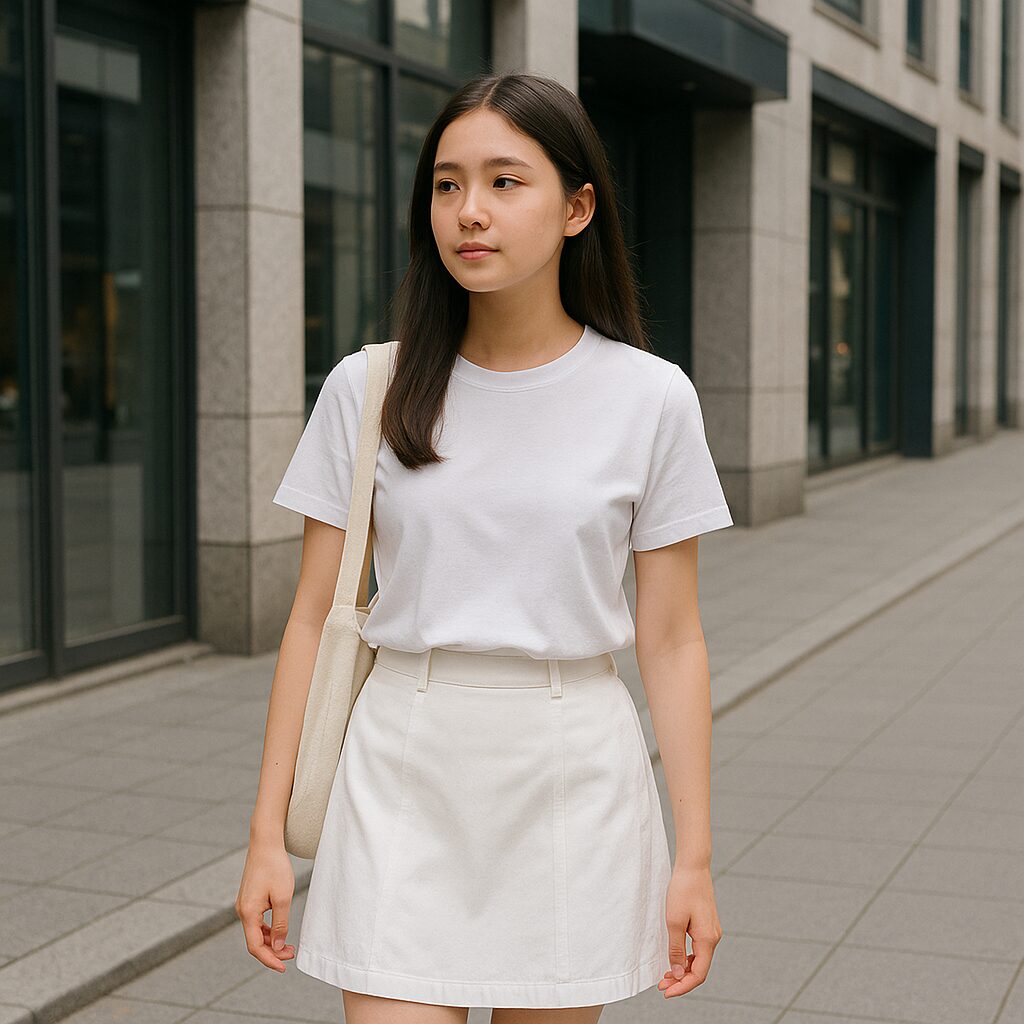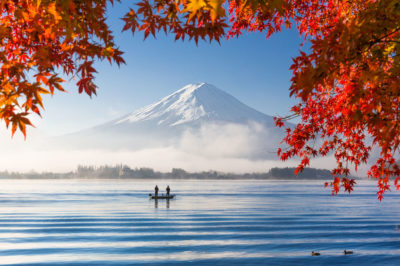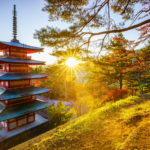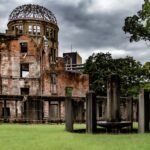“One Color Rule” in Korea

“One Color Rule” in Korea
🇰🇷Fashion, Culture, and Misconceptions
In recent years, a curious expression has emerged across social media and pop culture discussions: “One Color Rule – Korea.” This phrase doesn’t refer to any written regulation or official dress code, but rather to a perceived national aesthetic—namely, the widespread preference for monochromatic fashion, especially black, white, gray, and beige. Observers from countries like China and Japan have noted the contrast between Korea’s fashion and their own, with many wondering: Do Koreans really avoid wearing bright colors?
Let’s explore this phenomenon, what’s true about it, what’s exaggerated, and how Korea’s fashion is evolving.
🧥 What Is the “One Color Rule”?

The “One Color Rule” is an informal term coined to describe the observation that many Koreans prefer subdued and neutral tones in their daily attire. While not a law or school rule, it’s visible enough in public settings that it has drawn attention globally.
This became especially noticeable during viral discussions on Chinese social media platforms such as Weibo, where users asked, “Why don’t Koreans wear bright-colored clothes?”—a question that sparked debate, cultural analysis, and even nationalist pride.
🎭 Cultural Roots Behind Monotone Fashion
Several cultural, social, and aesthetic reasons underpin this trend:
1. Modesty and Humility
In Korean culture, humility is considered a social virtue. Flashy fashion or bright colors may be seen as overly expressive or boastful—traits that don’t always align with traditional Korean values.
2. Group Conformity
South Korea is known for its strong sense of collective identity. Whether in schools, companies, or even friend groups, people often dress to blend in, not to stand out. This preference can result in similar fashion choices across large groups of people.
3. Minimalist Aesthetic
Modern Korean fashion leans heavily toward minimalism. Clean lines, neutral tones, and understated elegance are key characteristics. Black and white are seen as timeless, stylish, and easy to coordinate.
4. Fear of Public Judgment
Korean society places a high premium on appearance and reputation. Many individuals choose safe and inoffensive outfits to avoid scrutiny or gossip—particularly in public transportation, universities, or workplaces.
🌈 Do Koreans Really Avoid Color?

While it’s true that neutral tones dominate certain public spaces, it would be a huge misconception to say that Koreans never wear colorful clothing. In fact, color and creativity are alive and well in Korean fashion—especially in more expressive or subcultural settings.
Colorful Fashion Thrives in These Areas:
- Korean Street Style: In fashion-forward neighborhoods like Hongdae, Itaewon, and Gangnam, bright colors, bold prints, and eclectic layering are everywhere.
- K-pop Culture: Idols often wear flamboyant, eye-catching costumes—on stage and off—and their fans frequently emulate those styles.
- Online Influencers and Instagrammers: Korean fashion bloggers and influencers on platforms like Instagram and YouTube embrace colorful aesthetics, pastels, neons, and maximalist looks.
- Traditional Clothing (Hanbok): Korea’s national costume is a perfect example of how the culture embraces vibrant color and artistic patterns—particularly during festivals, weddings, and national holidays.
- The Elderly Generation: Many senior citizens—especially in rural areas—love floral prints, bright hats, and bold jackets that reflect older Korean tastes.
📸 Media Influence and the Monochrome Illusion
Much of the “One Color Rule” perception is influenced by K-dramas, films, and fashion commercials, where characters are dressed in clean, often luxury monochrome outfits. This visual style is popular in Korea’s entertainment industry and has helped reinforce the global image of a muted Korean wardrobe.
However, this isn’t always representative of real daily life—particularly among youth or subcultures. Generation Z Koreans are rapidly embracing global fashion diversity, breaking from old norms and experimenting with identity through clothing.
🗣 What Koreans Say About It
Local opinions about the “One Color Rule” are surprisingly diverse:
- Some Koreans appreciate the simplicity and sophistication of neutral fashion.
- Others feel trapped by conformity and wish for greater freedom of expression.
- Young people increasingly use fashion to signal individuality, with vibrant makeup, colored hair, and trend-breaking styles.
- Fashion designers in Korea are pushing boundaries, merging Korean heritage with global street fashion.
👗 Practical Reasons for Monotone Clothing
In addition to cultural factors, there are practical reasons why neutral tones are preferred:
- Versatility: Black and white match anything, reducing decision fatigue.
- Affordability: Basic color palettes are often cheaper and easier to produce.
- Clean Aesthetic: Korea’s urban architecture and branding also lean toward minimalism, creating a cohesive visual culture.
✅ Conclusion: More Than Just One Color
The so-called “One Color Rule” is not a rule at all—but rather a reflection of societal values, fashion aesthetics, and historical influences. While neutral tones are undeniably popular in Korea, colorful fashion is alive and thriving—especially among the youth, in digital spaces, and in traditional contexts.
So the next time someone tells you that Koreans “only wear black and white,” remind them to check Hongdae on a Friday night or scroll through a K-pop concert feed on Instagram. Korea is far more colorful than the stereotype suggests.










